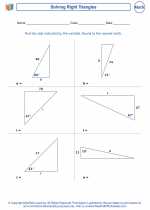The Pythagorean Theorem -> endpoint
Endpoint in Geometry
In geometry, an endpoint refers to the point at which a line segment or a ray ends. It is a specific location that marks the termination of the line segment or ray. Understanding endpoints is crucial in geometry as it helps in defining and visualizing geometric shapes and figures.
Characteristics of Endpoints:
- An endpoint is a single point in space, denoted by its coordinates on a coordinate plane or by its position in relation to other objects.
- For a line segment, there are two endpoints, while a ray has one endpoint and extends infinitely in the other direction.
- Endpoints are typically labeled with capital letters to distinguish them from other points or vertices in a geometric figure.
Examples of Endpoints:
Consider a line segment with endpoints A and B. The symbol for the line segment can be written as AB with a line segment over it to signify the distance between A and B. Similarly, for a ray with endpoint A, the ray can be represented as →A with an arrow over A to indicate the direction of the ray.
Study Guide:
When studying endpoints in geometry, it is important to:
- Understand the concept of a point and how it differs from an endpoint.
- Practice identifying and labeling endpoints on line segments and rays.
- Learn to plot endpoints on a coordinate plane using their specific coordinates.
- Explore how endpoints are used to define geometric shapes and angles.
- Work on problems that involve finding distances between endpoints and applying the concept to real-world scenarios.
By mastering the concept of endpoints, you will develop a deeper understanding of geometric figures and their properties, which will be beneficial for solving various problems in geometry.
.◂Math Worksheets and Study Guides Seventh Grade. The Pythagorean Theorem
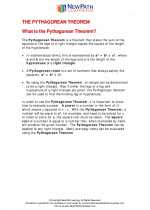
 Study Guide
Study Guide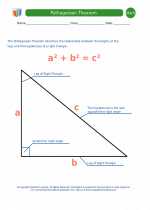
 Worksheet/Answer key
Worksheet/Answer key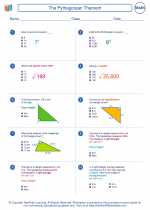
 Worksheet/Answer key
Worksheet/Answer key
 Worksheet/Answer key
Worksheet/Answer key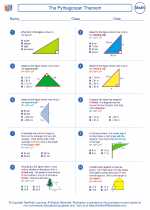
 Worksheet/Answer key
Worksheet/Answer key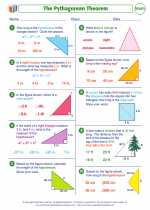
 Worksheet/Answer key
Worksheet/Answer key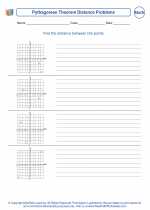
 Worksheet/Answer key
Worksheet/Answer key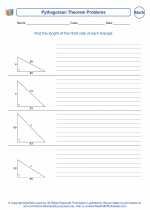
 Worksheet/Answer key
Worksheet/Answer key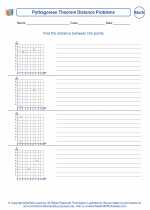
 Worksheet/Answer key
Worksheet/Answer key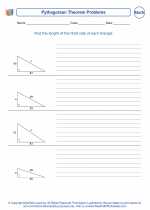
 Worksheet/Answer key
Worksheet/Answer key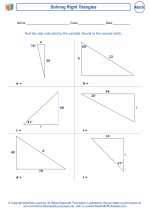
 Worksheet/Answer key
Worksheet/Answer key